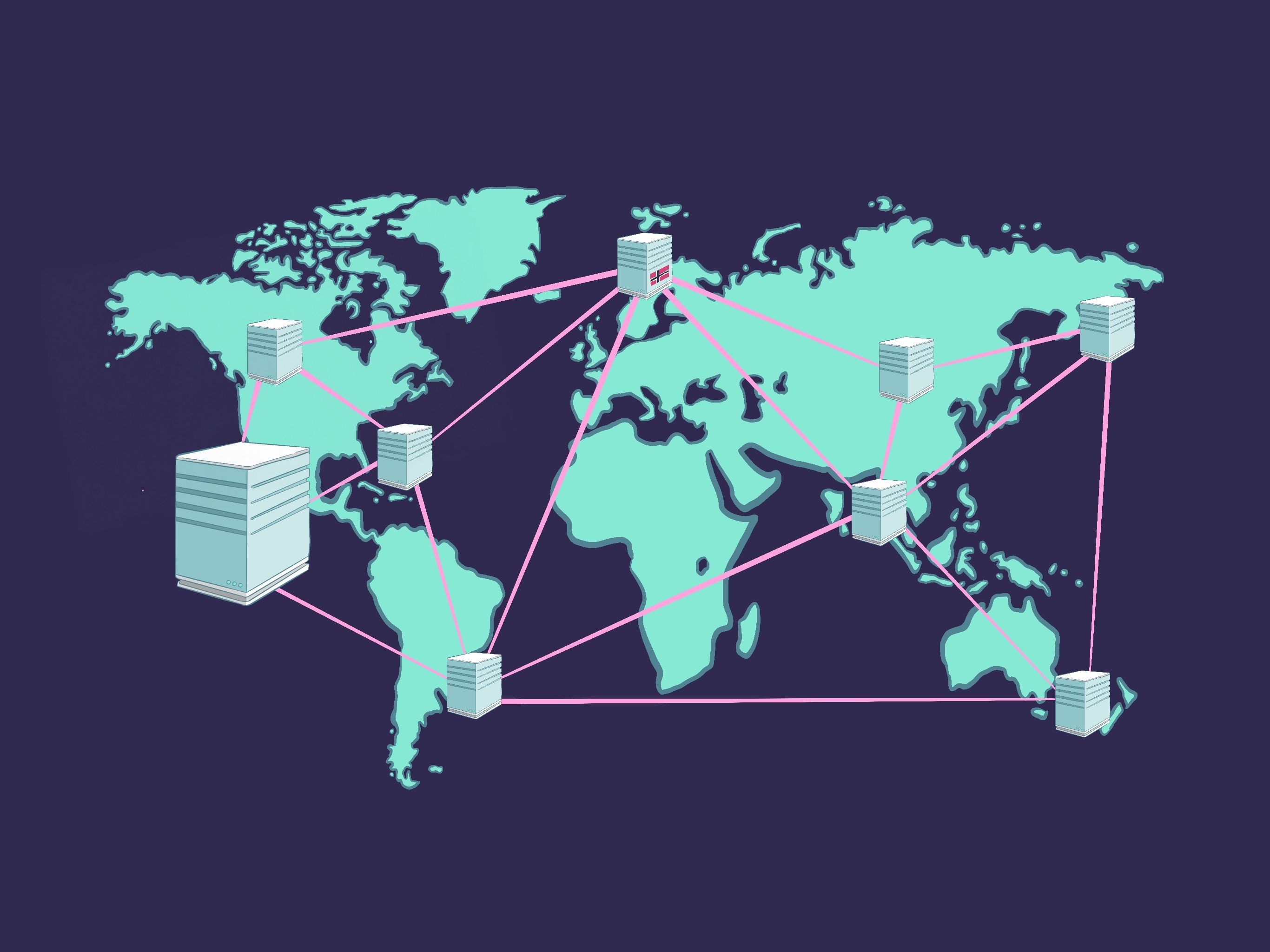What Is Content Delivery Network (CDN)?
A content delivery network or content distribution network (CDN) is a geographically distributed network of proxy servers. Crystallize uses a CDN to improve website performance and user experience.
Traditional hosting servers have a single point of presence, i.e., one location where your website is stored/hosted and from which the website is served to anyone requesting access to it. On the other hand, a CDN stores a cached version of your website in multiple points of presence, i.e., many different geographical locations. Your website will be served from the area closest to the request's origin.
For example, suppose someone from Norway visits your website hosted in the USA. In that case, the CDN will serve the website from the local Norway point of presence (which can be anywhere in Scandinavia, depending on the CDN platform you use).

Benefits of Using a CDN
CDN benefits include reducing bandwidth costs, improving page load times, improving overall website performance, increasing global content availability, and improving website security and redundancy.
CDN Providers. Some of the fast and reliable CDNs we know to be awesome are Google Cloud CDN, AWS CloudFront CDN, Akamai CDN, Fastly CDN, and Azure CDN (you can read more about some of these in this article here). For a more technical overview of the solutions, real-time CDN performance, uptime monitoring, comparison, and analytics, check out CDNPerf.
